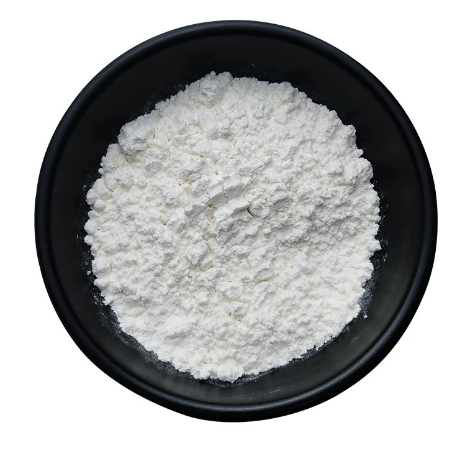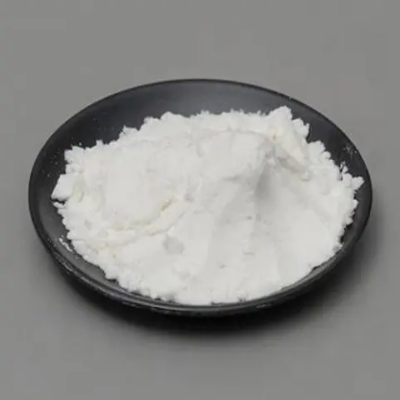2,4-Diphenyl-6-[4-(4,4,5,5-tetramethyl-1,3,2-dioxaborolan-2-yl)phenyl]-1,3,5-triazine CAS:1219956-23-6
This compound serves various functions across different domains: Organic Synthesis: It acts as a building block in organic synthesis, enabling the construction of complex molecules with tailored properties and functionalities. Material Science: It finds application in material science for the development of functional materials such as polymers, liquid crystals, and coatings due to its structural diversity and reactivity. Chemical Research: 2,4-Diphenyl-6-[4-(4,4,5,5-tetramethyl-1,3,2-dioxaborolan-2-yl)phenyl]-1,3,5-triazine is utilized in chemical research to explore new synthetic methodologies and study structure-activity relationships. Catalysis: The boron-containing moiety in the compound makes it suitable for catalytic applications, including cross-coupling reactions and other transformations in organic synthesis. Optoelectronic Devices: Its unique structure and properties make it promising for use in optoelectronic devices such as organic light-emitting diodes (OLEDs) and organic photovoltaic cells. Analytical Chemistry: It serves as a reference material and standard in analytical techniques such as chromatography and spectroscopy for substance identification and quantification. Biomedical Applications: This compound is explored for potential biomedical applications, including drug delivery systems and imaging agents, owing to its biocompatibility and functional diversity. In summary, 2,4-Diphenyl-6-[4-(4,4,5,5-tetramethyl-1,3,2-dioxaborolan-2-yl)phenyl]-1,3,5-triazine exhibits versatility and utility across various scientific and industrial fields, contributing to advancements in organic synthesis, material science, catalysis, optoelectronics, analytical chemistry, and biomedical research.






| Composition | C27H26BN3O2 |
| Assay | 99% |
| Appearance | white powder |
| CAS No. | 1219956-23-6 |
| Packing | Small and bulk |
| Shelf Life | 2 years |
| Storage | Store in cool and dry area |
| Certification | ISO. |


![2,4-Diphenyl-6-[4-(4,4,5,5-tetramethyl-1,3,2-dioxaborolan-2-yl)phenyl]-1,3,5-triazine CAS:1219956-23-6 Featured Image](https://cdn.globalso.com/xindaobiotech/@LXIVIBPRLO53RUL5FBL7H784.png)
![2,4-Diphenyl-6-[4-(4,4,5,5-tetramethyl-1,3,2-dioxaborolan-2-yl)phenyl]-1,3,5-triazine CAS:1219956-23-6](https://cdn.globalso.com/xindaobiotech/@LXIVIBPRLO53RUL5FBL7H784-300x300.png)





